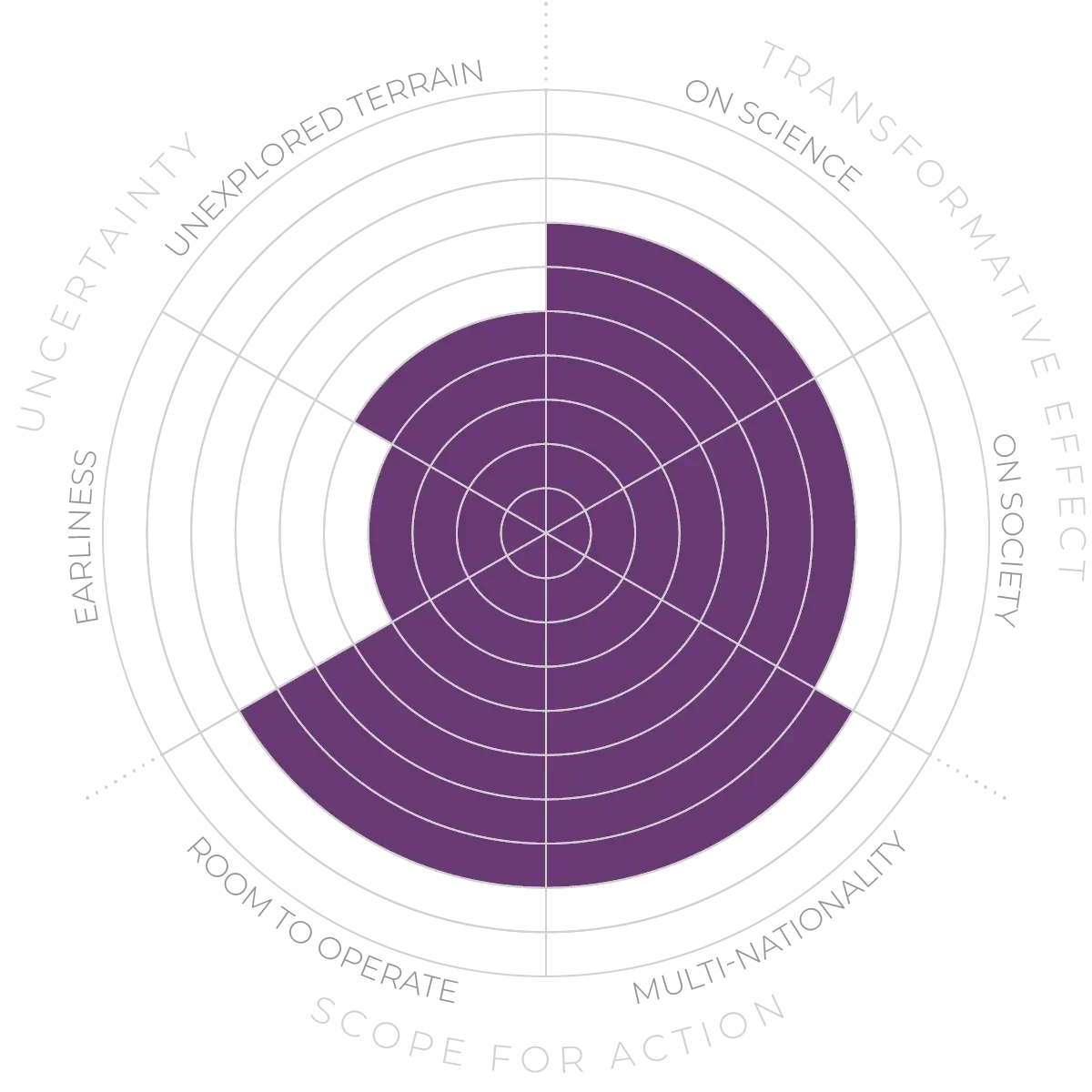Future Horizons:
10-yearhorizon
Robots begin to exhibit embodied intelligence
25-yearhorizon
Self-conscious robots become lifelong learners
This can achieve impressive results. Boston Dynamic’s agile humanoid robots use this approach,8 for instance — but typically only for highly constrained tasks. Advances in AI mean these modules are increasingly being replaced by more flexible, learned models. Deep learning already powers “simultaneous localisation and mapping” (SLAM) in autonomous vehicles and drones,9 and helps sorting robots pick out and manipulate objects.10 Progress is being made in applying AI to locomotion and planning too.11
Transformers – the algorithm behind large language models – promise to greatly expand AI’s use in robotics.12 LLMs themselves provide a more natural way to interface with robots via language.13 But transformers also power new multimodal models that can work with multiple data types.14,15 At the cutting edge, this is driving a shift from modular architectures to “end-to-end” models that simultaneously solve perception, control and planning.16,17 The latest generation of vision-language-action models (VLAs) are able to tackle a wide variety of tasks on a range of robotic hardware platforms.18,19 There is also growing interest in the use of diffusion models, which power AI image generators, for robot-motion planning.20
The ability to draw correlations between different data sources, including language, vision and motion, could allow robots to develop a deeper understanding of the physical world and their place in it — something referred to as “embodied intelligence”.21,22,23 This could overcome AI’s “symbol grounding problem”,24 the ability to link the learned word or “symbol” of an object, such as “cup”, to the object’s real-world context. It could also allow AI to develop a sense of “self”,25,26 although a comprehensive theoretical understanding of consciousness remains a challenge.
Moreover, current models are data- and power-hungry and incapable of learning on the fly. Their huge size means they must be stored on the cloud and communication delays between servers and the robotic hardware can be too long for fine-grained motor control. Their decision-making is also inscrutable, raising safety concerns. Breakthroughs in lifelong learning and interpretability will be crucial in the long run.27,28
Robotic software - Anticipation Scores
The Anticipation Potential of a research field is determined by the capacity for impactful action in the present, considering possible future transformative breakthroughs in a field over a 25-year outlook. A field with a high Anticipation Potential, therefore, combines the potential range of future transformative possibilities engendered by a research area with a wide field of opportunities for action in the present. We asked researchers in the field to anticipate:
- The uncertainty related to future science breakthroughs in the field
- The transformative effect anticipated breakthroughs may have on research and society
- The scope for action in the present in relation to anticipated breakthroughs.
This chart represents a summary of their responses to each of these elements, which when combined, provide the Anticipation Potential for the topic. See methodology for more information.



